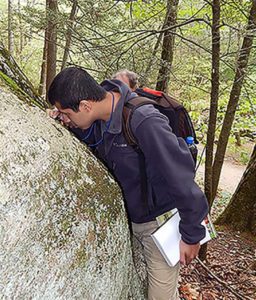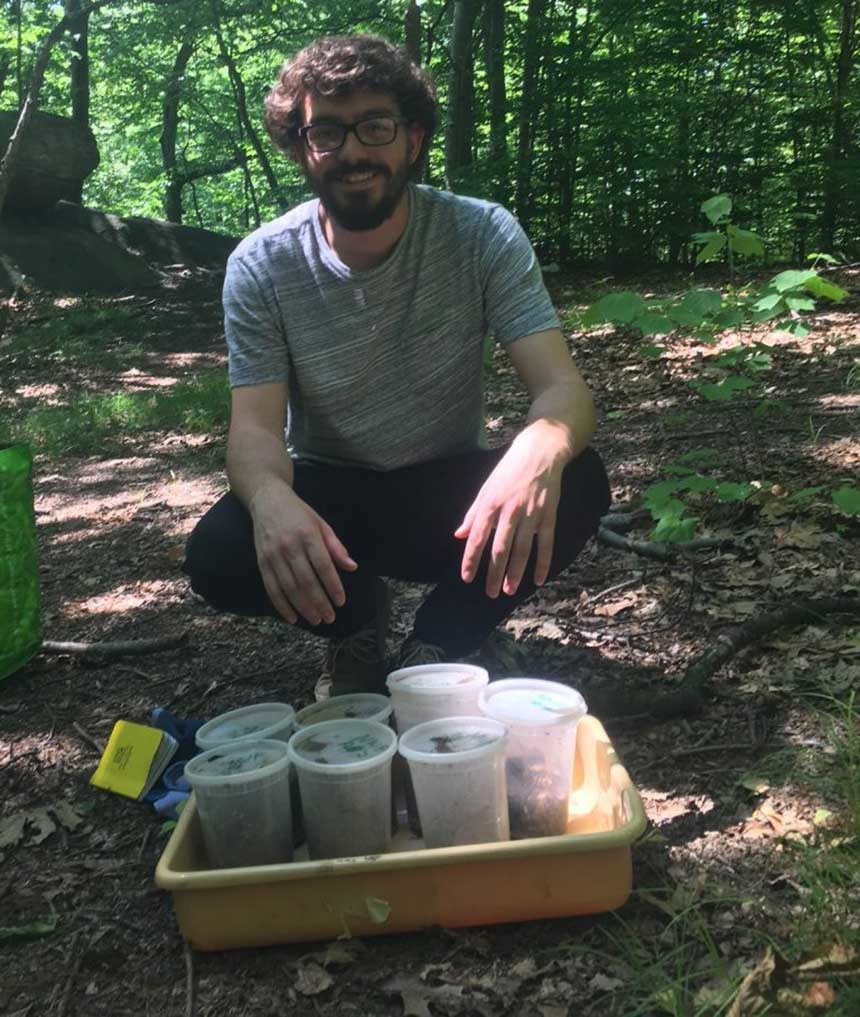Written By Alex Byrne
With over 1,100 acres of park land Van Cortlandt Park stands as one of New York city’s last refuges for animals adapted to forest and wetland habitat. It truly is where NYC discovers, with great potential for the park to be used as a natural laboratory to understand how urban environments differ from their rural counter parts and how science research can improve our understanding of the effects of different restoration, enhancement and management practices. Starting in May of 2018 ecologists at the Friends of Van Cortlandt Park with help from two college interns have begun a largescale assessment of arthropods to characterize community structure andto generate a park wide map of arthropod diversity (insects, spiders). Additionally, one location for our study, the Tibbetts brook flood plain, is slated for ecological enhancement by FVCP staff to increase the native biodiversity and integrity of ~2.5 acres of flood plain habitat. The data we collect will be used to understand how arthropods, typically highest in animal biomass, respond to the removal of non-native invasive plants and how they reassemble themselves as the habitat recovers from management. We chose to target arthropods as a function of their lack of attention by NYC Parks which typically concentrates a majority of their work and site assessments on the presence or absence of plants. Establishing an arthropod sampling protocol and providing species data will diversify and aid the efforts of NYC Parks. Additionally, we will be collecting a suite of environmental variables to better understand the relationship of arthropods to landscape characteristics with an emphasis on the effects of coarse woody debris, invasive plants, habitat type and soil chemistry.
The research team consists of principle investigator and FVCP educator and researcher Alex Byrne, Tim wheeler, a Graduate student from the University of Rouen and undergraduate and American Museum of Natural History (AMNH) invertebrate zoology volunteer Christian Liriano, with oversight from FVCP’s Ecological Project Manager John Butler and AMNH field associate Dr. Parker Gambino. Here we briefly introduce part of the Team to acquaint you with the individuals that are continuing to make VCP a place for learning and discovery.
Tim Wheeler is a 25-year-old graduate student studying environmental management and biodiversity at the University of Rouen in Normandy, France. Originally from Connecticut, Tim received his undergraduate degree in biology at St. Lawrence University. Like most of us in this field Tim cites an early fascination with nature as a driving force for his current interests which includes restoration ecology. In the future, Tim hopes to continue similar work, either in the US or in France.

The second member of the team is Bronx local Christian Liriano from Hostos Community College and recipient of the Open Space Institute Barnabas McHenry award for excellence in conservation. The award gives Christian the opportunity to utilize his skills in taxonomy (organisms identification) aiding our efforts at FVCP. Christian is a practicing field biologist with interests in habitat ecology/taxonomy of understudied organisms from northeastern North America (e.g, beetles, bryophytes) and comparative community and ecosystem ecology of rural/urban systems.
Under the guidance of Alex Byrne, the Team has already begun to find new arthropod records for New York City and provide strong data to suggest the important role of dead wood within the forest and flood plain as both a regulator of arthropod abundance and the reproductive output (seed production) of Trout Lily. Research activities will be done throughout the summer with opportunity to help, if interested please contact Alex Byrne at alex@vancortlandt.org with inquiries.


